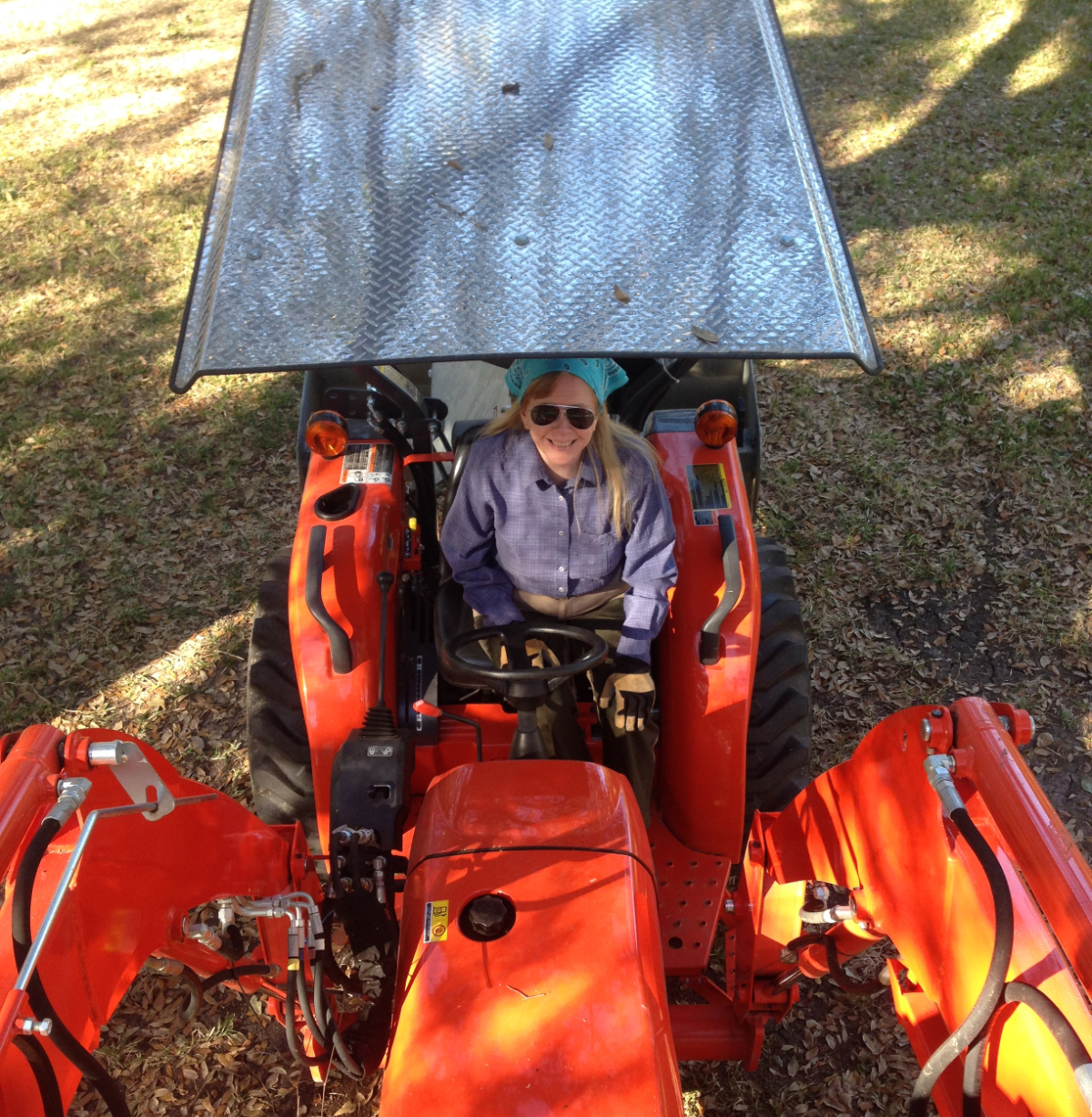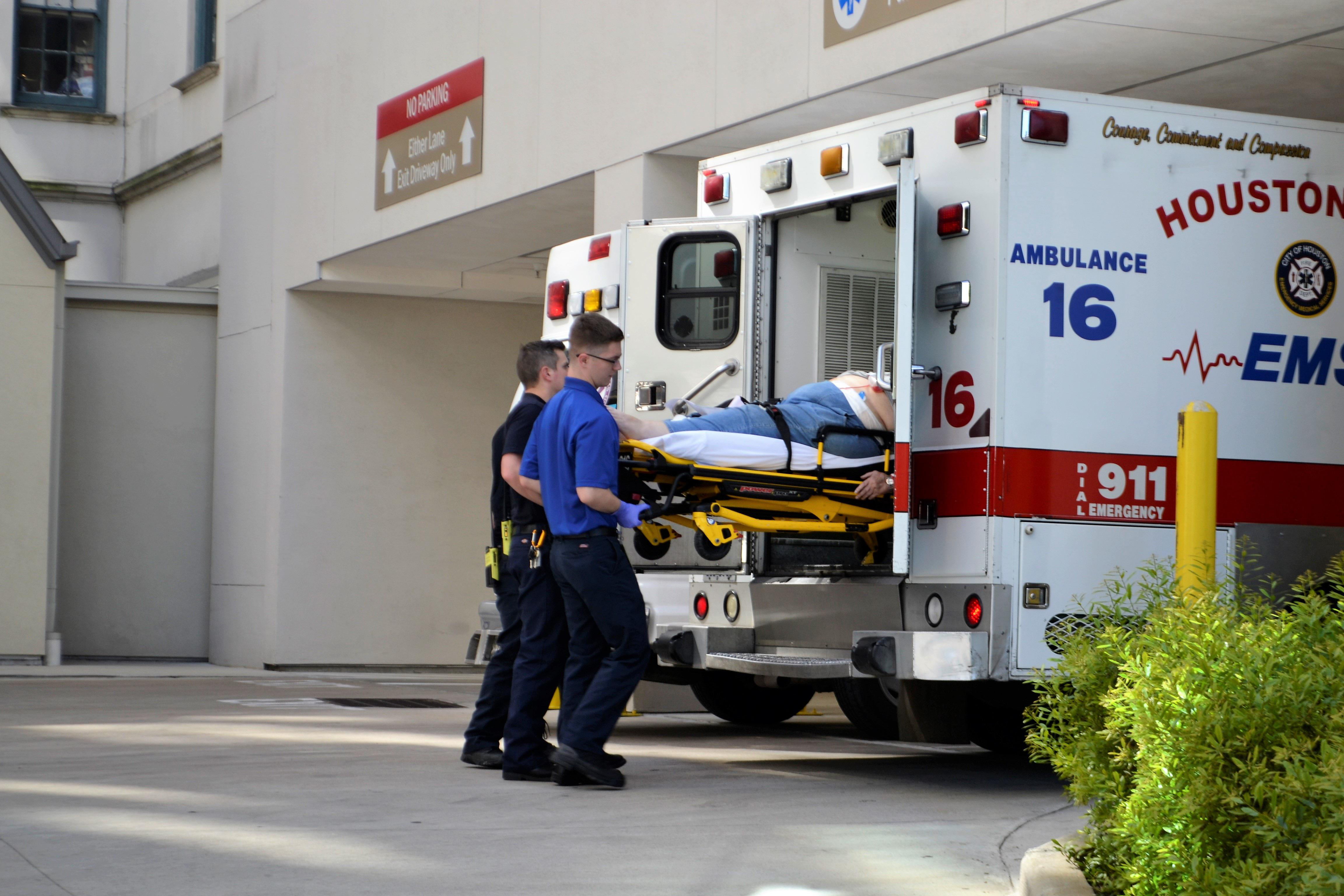The data came from blood samples taken every 4 hours from the start of the resuscitation protocol. The laboratory processed the samples using multiplex immunoassays that measure dozens of biomarkers at one time from each sample. Here, the biomarkers were serum cytokines.
Statistical analyses of the cytokines, along with patient data, showed no difference between patients who progressed to multiple organ failure from those who did not. Yes, there was a small sample size of 48 patients; however, there were more than 5,000 cytokine data points over time. I was intrigued.
Digging more into the biology, I learned that cytokines were not only indicators of immune system activity, they were key activators of cell signaling. I was familiar with signaling networks in electronics and computing; perhaps those approaches would help me extract more insights from the data I had?
I soon found out that the language was very different. In systems biology, biological networks are called pathways. However, signaling seemed to be similar: just like logical circuit diagrams or the internet, interactions among components to send a “message” through the network only occurred when there was enough signaling to trigger the message to go through.
My next step was to learn more about cytokines and biological pathways, and how to use the cytokine data I had to generate pathway networks that I could analyze over time.
[ more to come]


